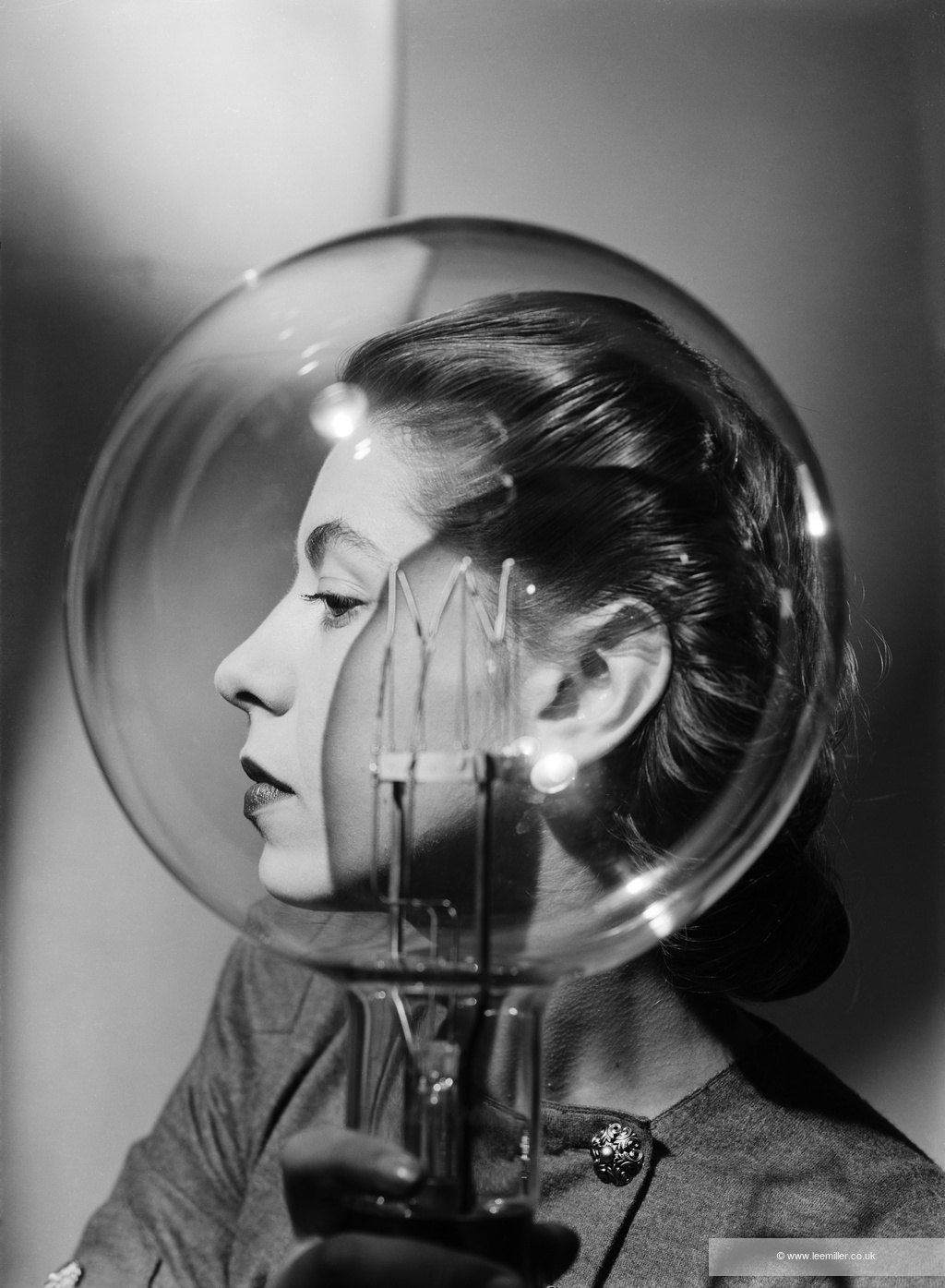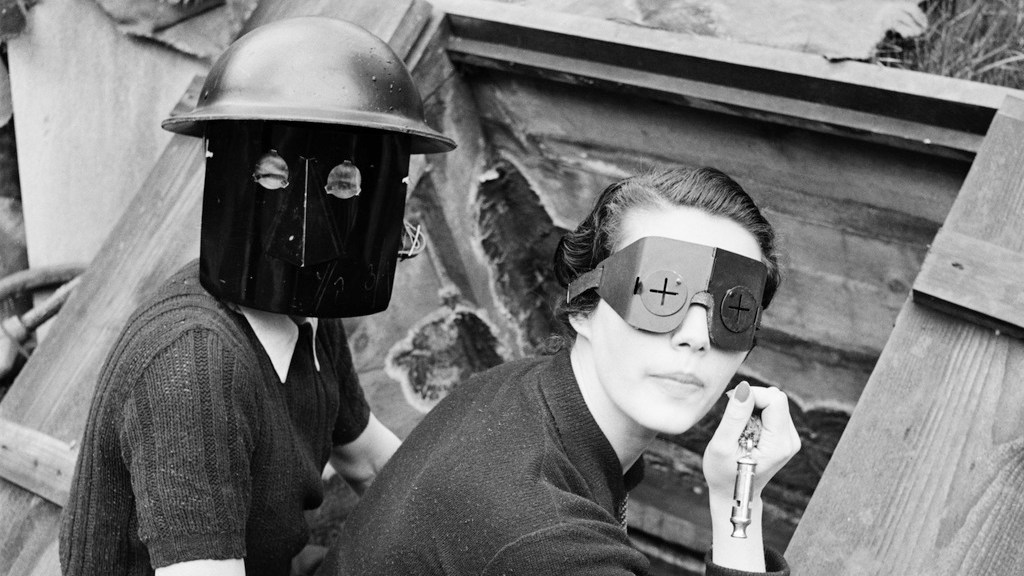The distinctly middling 2024 biopic Lee starring Kate Winslet introduced the American-born model, artist and photojournalist Lee Miller to a new audience, but this fantastic exhibition at Tate Britain serves as a far more impactful portrait.
With about 230 photographs, including many never before published, as well as unseen archival material, the show spans Miller’s career from her earliest days as a professional model in the late Twenties through life amid the Paris surrealists and her travels through rural Syria and Romania to her images of Europe’s wartime liberators and her final commission for British Vogue in 1953.
It is a remarkably rich legacy, despite the fact that, scarred by her time as a war correspondent, Miller squirrelled away her archive in the Fifties and focused instead on cordon bleu cooking, leaving her son, Antony Penrose, to discover his mother’s previous life only after her death.

Model with Lightbulb, c 1943
LEE MILLER ARCHIVES, ENGLAND 2013
• How Kate Winslet taught me to love my mother, Lee Miller, for the first time
Miller’s curiosity, wit and willingness to experiment is clear from the start: in a 1927 set of images from one of the new photo booths she tests out different angles. As a model she quickly became fascinated by what happened on the other side of the lens, moving to Paris in 1929 and apprenticing herself to George Hoyningen-Huene and Man Ray — the latter by accosting him in his studio and, despite his protestations, going on holiday with him.
Evidently much of the work produced in Man Ray’s studio was a collaboration, and some of it certainly Miller’s own. It was her own “mess”, while developing a print, that produced their celebrated solarisation effect — as seen in Miller’s portrait of the model Nimet Eloui Bey, the former wife of Miller’s first husband, Aziz Eloui Bey. The photograph was recently discovered among the papers of Jean Cocteau.

Miller’s portrait of the model Nimet Eloui Bey
© LEE MILLER ARCHIVES, ENGLAND 2025
• Read more art reviews, guides and interviews
Miller was always at the centre of things. Her friendships with the leading lights of modern art, from Picasso to Eileen Agar, are documented in her playful portraits of them; her quirky, surrealist eye is evident not just in her fragmented nudes or pictures of heads in bell jars but years later, when roaming the wartime streets of London or not-yet-liberated Saint-Malo in France. She photographed the insides of a non-conformist chapel spewing out into the street through a fully intact doorway. Her image of an abandoned boot spilling machine gun ammunition is amusing and horrifying.
You can only imagine the impact of her pictures when they appeared in British Vogue to a readership sheltered by wartime censorship and flipping to it from a page of spring hats. The curators have rightly included a content warning ahead of the room containing Miller’s pictures from Buchenwald and Dachau, but the rage and horror they inspire today can be nothing compared with what Miller, who had hitherto avoided graphic images for reasons of taste and a fear of not being published, must have felt.

Untitled [Prisoners Legs], Buchenwald, Germany 1945
LEE MILLER ARCHIVES, ENGLAND 2013
• My grandmother Lee Miller — ‘She was trapped in a beautiful body’
The open, imploring eyes of a dead, naked prisoner bore into the viewer from atop a pile of bodies —there was not enough fuel to burn them. It is sickening. No wonder Miller locked her work away and claimed it had been destroyed. And thank God it was rediscovered: what a talent, what a dame.
★★★★★
At Tate Britain, London, from Oct 2 to Feb 15, tate.org.uk

